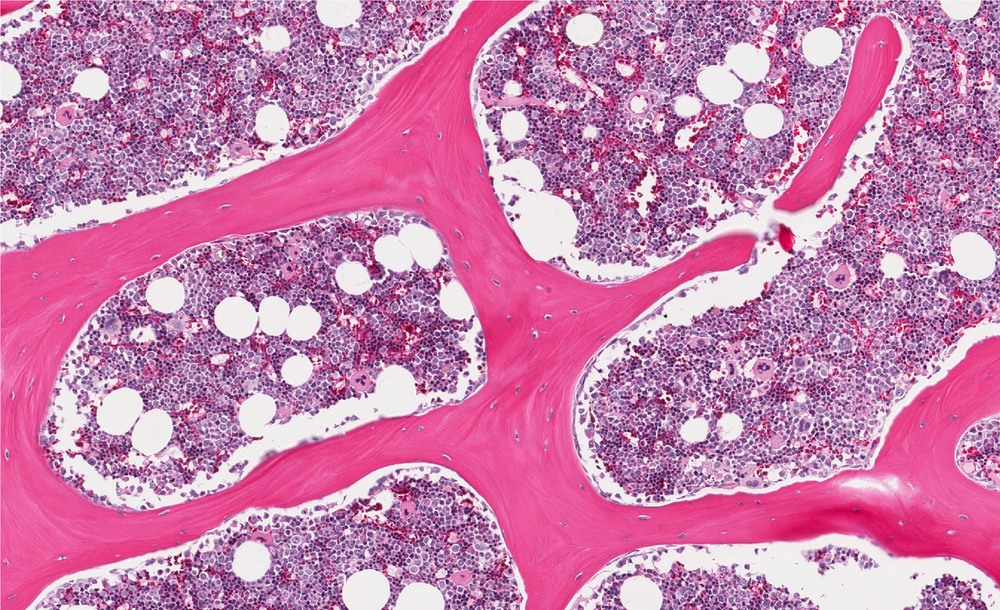Bone Marrow Stem Cells May Improve Motor Function in Some Cerebral Palsy Patients, Study Suggests

Injecting a type of stem cells into the spinal canal of cerebral palsy (CP) patients appears to lead to improvements in gross motor functions in some patients.
These were the results of the study, “Treatment of Cerebral Palsy with Stem Cells: A Report of 17 Cases,” recently published in the International Journal of Stem Cells.
Stem cells are multipotent progenitor cells carrying regenerative, immunomodulatory, and growth stimulating properties. There are several types of stem cells currently in clinical use or being tested at clinical trials.
In a previous study, researchers suggested that using a specific type of stem cells, called bone marrow-derived mononuclear cells (BMMCs), in a cerebral palsy patient improved the Gross Motor Function Classification System (GMFCS) scale, denoted by a significant enhancement in motor, sensory, cognitive, and speech capacities. Researchers also noted improvements in bowel and bladder control.
Now, a team of researchers evaluated the efficacy of BMMCs in cerebral palsy patients. They recruited 17 mostly male patients ages 18 months to 17 years, with confirmed cerebral palsy and no significant cardiac, renal, or hepatic impairments.
Patients were administered BMMCs by intrathecal injection (directly into the spinal canal, or into the subarachnoid space so that it reaches the cerebrospinal fluid).
From the initial pool of 17 participants, researchers were able to determine the effectiveness of the stem cell therapy in 15 patients and perform pre- and post-injection follow-ups. Eleven of the 15 patients showed a significant improvement, ranging from 1 to 3 levels on the GMFCS scoring system. Patients showed no regression and the average improvement was registered at 1.3 points.
The most notable parameter of improvement was in the degree of spasticity. Some patients also reported benefits to bowel and bladder control, together with motility and independent activity. In six patients, there was enhancement of cognitive functions.
While not all patients enrolled in the study showed improvements, many of them who were analyzed did indicate benefits from injections of BMMCs.
The results suggested that intrathecal injection of BMMCs is both safe and potentially efficient in patients with different types of cerebral palsy. Additional studies are required to confirm these initial results and to assess the best course of injection in terms of number of injections, injection schedule, and whether adding growth factors could maximize the reported positive effects.


